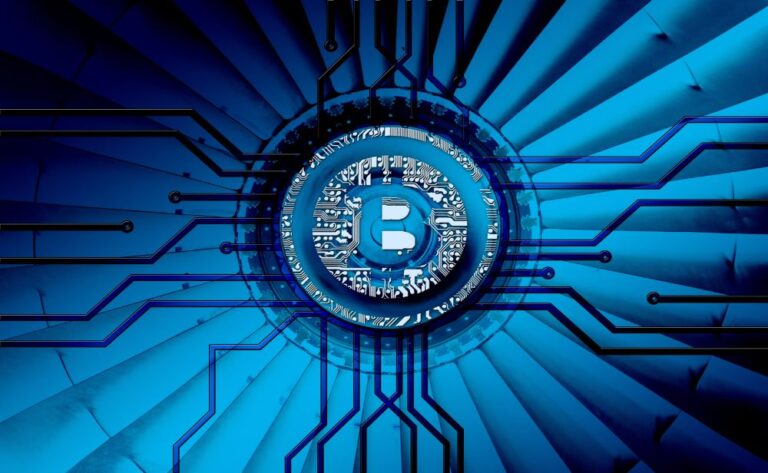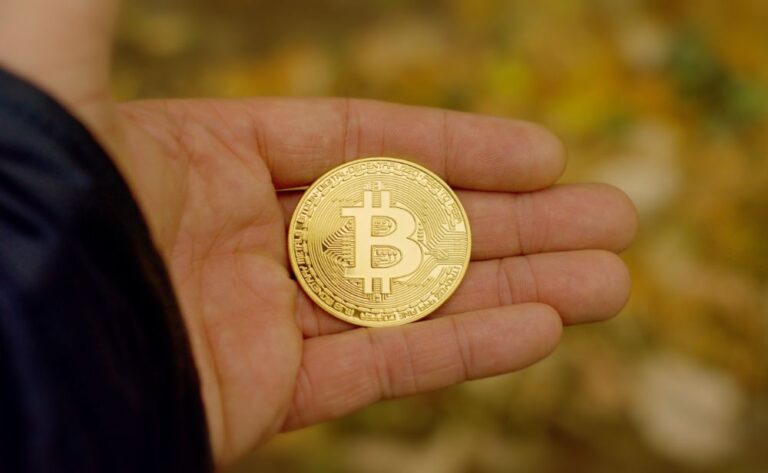What Is A Helium Miner and How Does it Work?

A wireless device that provides coverage and is known as a hotspot, also known as a helium miner, generates HNT tokens through the use of radio technology and is rewarded with HNT tokens.
Mining is a process that helps to validate the legality of transactions that are carried out over a blockchain network such as the one used by Bitcoin. Hardware such as a central processing unit (CPU) or application-specific integrated circuits (ASICs) can be used by miners to begin the process of mining cryptocurrencies (ASICs). They also have the option of using mobile devices, such as smartphones running the Android or iOS operating systems, to mine the cryptocurrency of their choosing.
What about using a decentralized wireless network to mine cryptocurrency instead? Miners no longer need to rely on costly infrastructure in order to mine cryptocurrency, despite the fact that this may sound strange to some. The ability of nodes in the Helium Network to function as hotspot devices has made this feat feasible.
The Helium environment, Helium mining, the HNT hotspot miner, and the operation of a Helium miner are going to be covered in this article.
The network of Helium is known as what?
Helium is a decentralized network of hotspots that provides a long-range wireless service that is available to the general public all over the world. These hotspots are able to connect Internet of Things (IoT) devices that are compatible with LoRaWAN. LoRaWAN is an acronym that stands for Long Range Wide Area Network. Thanks to the open LoRaWAN protocol, Internet of Things devices are able to communicate with one another via LoRa. IoT devices are intelligent “gadgets” that connect to a network and exchange data. They provide a wider range of connectivity options than Wi-Fi does.
The sole purpose for which the Helium blockchain was built was to serve as an incentive for the creation of authentic decentralized wireless networks. Using a one-of-a-kind, portable radio router that is referred to as a hotspot, Helium makes it possible for anyone to own and operate a wireless Internet of Things (IoT) network. Hotspots are wireless devices that are plug-and-play and give connectivity that is superior to that of WiFi.
In order to construct The People’s Network, a long-range wireless network that provides coverage for Internet of Things devices with minimal power requirements in exchange for Helium (HNT), the native cryptocurrency of the Helium blockchain, miners make use of hotspots. This network is built in exchange for Helium. A variety of Helium Hotspots can now be purchased from third-party producers thanks to a license granted by the Helium Community.
The Proof-of-coverage (PoC) method is a revolutionary work algorithm that is utilized by the Helium blockchain to validate that hotspots accurately identify their position as well as the wireless network coverage that they are producing as a result of it. During the mining process, radio waves are utilized, and hotspots are awarded for acting as witnesses for peers’ performances, completing Proof of Concept challenges, and exchanging device data. The Helium Network Explorer is the most helpful tool for examining the data that is connected to POC.
However, why would somebody use Helium Network rather than their regular internet service provider? A high level of security, the fact that Helium is totally encrypted, and relatively inexpensive worldwide internet access are some of the likely causes.
In addition, users do not have to pay any fees that a cellular operator would demand, such as overage fees or the cost of additional hardware like a SIM card. These fees and costs can vary depending on the provider. Having said that, users are only responsible for paying for the data that was consumed while connecting their devices to the Helium Network using the Helium Console.
Who is this Helium miner, exactly?
Helium miners are responsible for providing wireless network coverage for the Helium network by utilizing specialized gear known as hotspots. Users can participate in the mining of the Helium network by first obtaining or creating a WHIP-compliant hotspot and then staking a token deposit that is proportional to the number of other miners that are active in their region.
In addition to the blockchain protocol, the Helium Wireless protocol known as WHIP offers a means for the flow of data in both directions between wireless devices and the internet. Rather than having a single coordinator, the WHIP protocol is implemented as a network of independent providers. Internet applications, also known as routers, are the ones who are responsible for verifying to hotspots that device data was sent to the intended location and that the miner should be compensated for their services. This responsibility falls on the shoulders of internet applications that buy encrypted device data from miners.
There are three distinct categories of hotspots, which are as follows:
• Full hotspots: These hotspots keep a complete copy of the HNT blockchain and are eligible to receive rewards for any acts that qualify as participation, including proof-of-coverage.
• Light hotspots: These hotspots use validators to participate as complete hotspots with the assistance of the Light Hotspot software. This allows these hotspots to avoid the additional costs associated with maintaining a local copy of the blockchain. In addition to this, they are compensated for activities including proof-of-coverage and data transfer.
• Hotspots that are exclusively for data: Validators are used by these hotspots in the same way as light hotspots are used to obtain information about the Helium blockchain. On the other hand, they only receive rewards for tasks involving data transfer.
How does Helium mining work?
Instead of central processing units or application specific integrated circuits, radio wave technology is applied in the mining of helium. In addition, the technology of blockchain is used to create a wireless network that is more dependable than the network offered by established traditional wireless service providers. This network is created using blockchain technology.
Helium hotspots, sometimes known as miners, extend the reach of wireless networks by utilizing specialized equipment known as LoRaWAN transmitters. So, how exactly does one go about earning Helium tokens in exchange? Miners are able to acquire HNT through the process of mining as well as expanding the coverage of The People’s Network with appropriate hotspots. The quantity of the reward is associated with the amount of data that a miner will transfer. This means that miners will receive more money when they submit more device data.
In addition, the network will automatically and arbitrarily assign proof-of-coverage tests to devices in order to determine the precise locations of hotspots. In order to take part in the Proof of Concept, validators send directives or “challenges” to hotspots, instructing them to communicate payloads to any adjacent hotspots so that they can be observed and verified. These challenges are also referred to as “beacons” in some circles. On the other hand, HNT hotspot miners without neighbors receive a lower payout because they are unable to have their beacons confirmed and can only mine HNT for the purpose of data transfer.
In addition, in order to send data to the internet, each device that is compatible requires data credits (DCs). Burning HNT in order to reach a burn and mint equilibrium (BME) results in the creation of DCs, which in turn reduces the overall supply of HNT. Customers that are interested in utilizing a service are not required to make a direct payment to a counterparty in the BME model, which utilizes tokens as a proprietary form of payment. Instead, they destroy the tokens with fire.
How to get a helium miner up and running.
To set up a Helium miner, you will need, as was discussed in the sections that came before this one, a hotspot miner, an antenna (and the placement of the antenna), wires, a smartphone, and a router. But how can one locate the most effective Helium miner? When searching for a good Helium miner, the position of one’s antennae and one’s location on the map are both extremely important factors. The instructions that follow will walk you through the process of putting up a helium miner:
Install and configure the Helium app on your device.
Downloading the Helium app (which is compatible with both Android and iOS devices) and establishing an account is the initial step in the process. Following this step, users will have access to a Helium wallet that they can use to store any information that they like.
Your Helium wallet’s backup seed phrase will be generated by an application and will consist of 12 words. As an additional layer of protection, the application will also ask you to select a six-digit personal identification number (pin) that you will be required to provide each time you log in.
Add a Helium miner
The following thing you need to do is locate the addition sign (+) so that you can integrate a Helium miner, such as the RAK Hotspot Miner, into the application. The selected miner needs to have an electrical connection in order to function, and a blinking red indicator light will show whether or not it is operational. After that, the Bluetooth pairing can be accomplished by pressing a button that is located on the device’s rear. Alternately, you can configure Wi-Fi by selecting a network setting from a list that is presented to you within the Helium app.
Choose the hotspot, make sure its location is accurate, then put the antenna in place.
At this point, the selected Hotspot Miner will be added to the list. To move forward, select the “Hotspot” option. After that, a window will pop up requesting that you add a hotspot. You must first add the Hotspot, then verify its location, and finally configure the antenna.
The user is responsible for paying the transaction charge for any future assertions made after the first one, which is covered by the manufacturer as a courtesy. If you still need to prepare to set a location, you can skip this step by pressing the “Skip” button. If everything looks okay to go, click the “Continue” button. Inside the mobile app, the newly added Hotspot may be viewed and managed within the Hotspots tab of the app.
Does it make financial sense to mine helium?
Due to the industry’s inherent volatility, there are no guarantees that can be made regarding future outcomes. Helium hotspots facilitate the movement of data between devices, investigate potential coverage issues with other adjacent hotspots, and transmit signals in order to establish a decentralized wireless network. However, how much profit do miners make from the helium they extract? If miners are able to successfully complete their duties, they will be rewarded with data credits in the form of HNT coins.
However, the prizes are determined by the orientation of the antenna as well as the location of the participant on the map. In light of the aforementioned, the radio frequency will travel further if the antennas are elevated to a higher position. If you are able to install your antennae higher, you will be able to mine more effectively and will receive a bigger payout in HNT.
On the other hand, due to the reduced strength of radio signals, helium mining in a hilly region might not yield the results that are sought. In addition, it is imperative that you constantly carry out adequate research on the venture in which you intend to engage in order to shield yourself from suffering losses that are intolerable.





